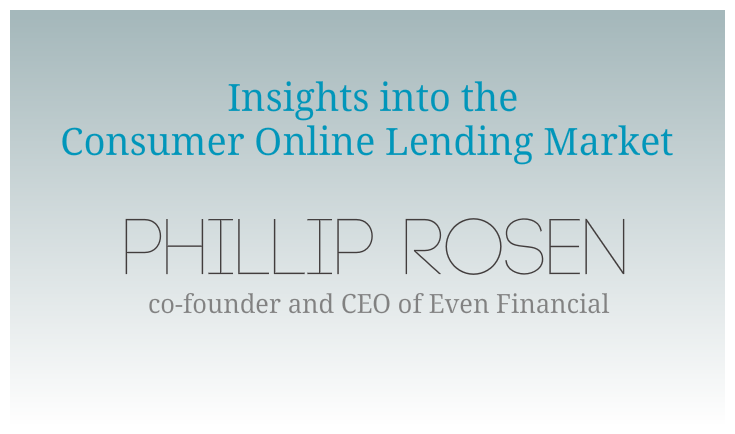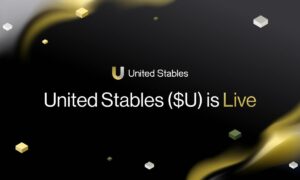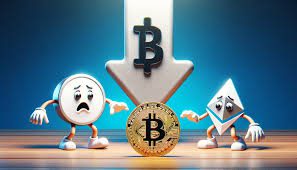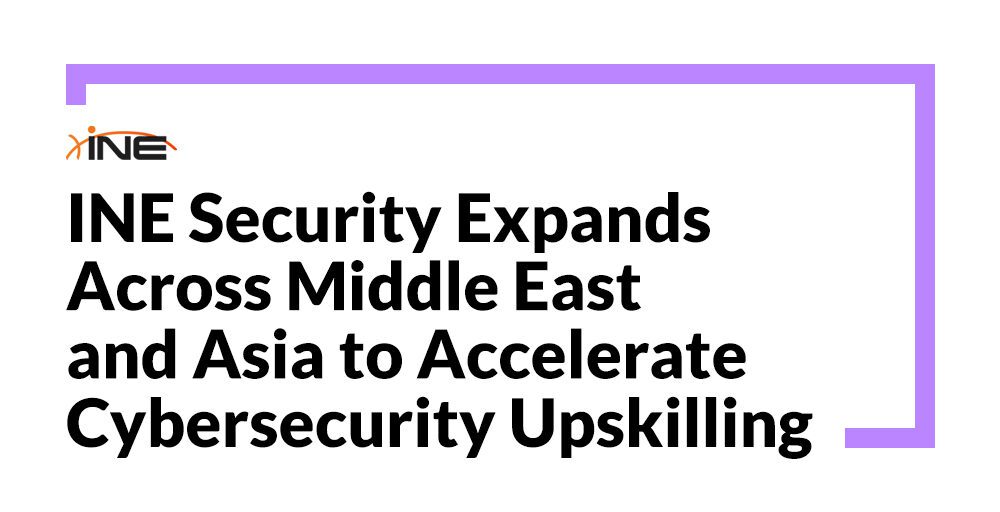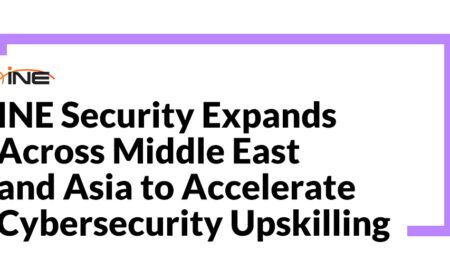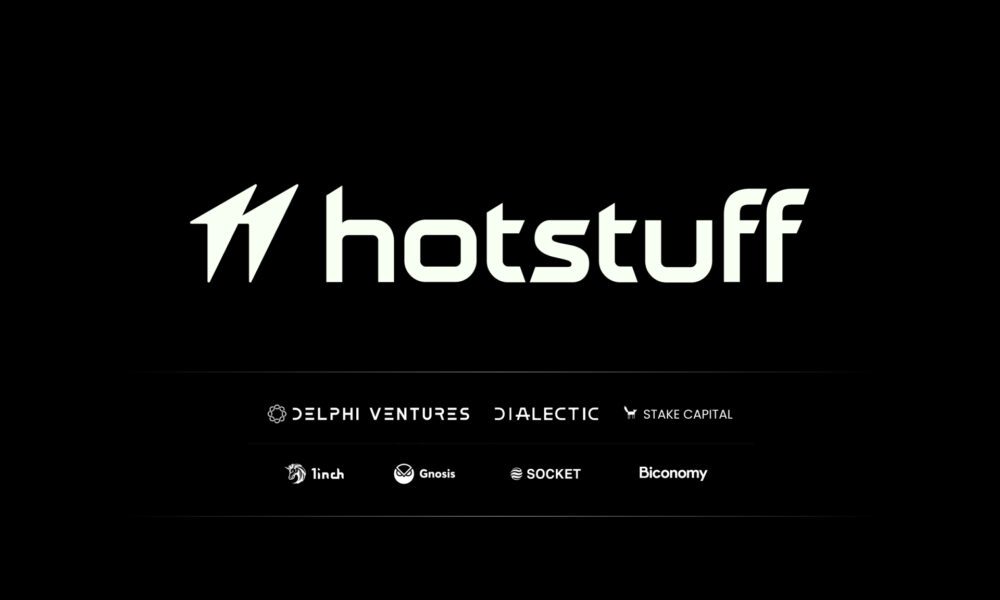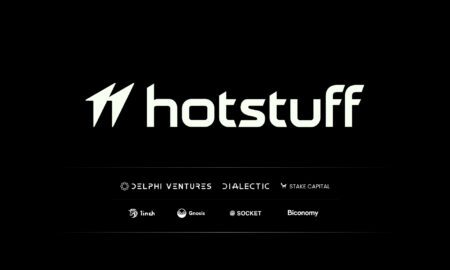The Online Lending Industry has both grown and evolved over the last five years. As the traditional lending relationship moves from the neighbourhood bank branch to the digital landscape, consumers have experienced greater access, with even greater ease, to personal lending options.
The online lending community, in turn, has gained a lot of information about borrowers. Unlike the brick and mortar interaction, digital engagement comes with a whole slew of data, and ultimately, a whole new understanding of the online borrower. An aggregation of data including more than a dozen online lenders, more than one million customers and more than $1.8 billion of loan requests, provides an in-depth look at the correlation between borrower profile and loan.
For example, debt consolidation, weddings and home improvement rank as the top three purposes consumers seek loans online. These categories on average, provide a loan amount of $8,679.96, $8,331.75 and $7,687.15, respectively. Other loan purposes that rank among the top ten include: home remodeling, consolidating credit card debt, child care, and auto purchase.
Although each lender employs its unique underwriting process, aggregated data showcases that credit score does matter, in the end. For those with an excellent credit score (720+), the average loan size granted was $15,684. Those ranked as “good” (<720) received $10,928, those ranked as “fair” (<660) received $9,765 and “low” (<600), received $4,388, on average.
Not so surprisingly, the loan amount requested by borrowers exceeded the amount granted across the board. There is, however, a noticeable correlation between the difference and credit score. Low-scoring consumers requested $8,440 on average, nearly double what they were granted. This difference slims with credit score: those with an excellent score requested $22,090, and were granted an average loan size that was 28% less.
Perhaps the most interesting find is consumer appeal towards time to fund. When presented with options, over one third of borrowers chose the loan with the fastest funding times, as opposed to the lowest APR. That means consumers are sacrificing interest rates for quicker access to capital. On average, online lenders dispense funds in 4.55 days, with the fastest lender depositing in less than one day, and the slowest taking up to 16 days.
Consumer behavior continues to play an important role in future loan performance. In the case of online lending, this is traceable via browsing history. Turns out, borrowers sourced via “inorganic channels” (such as display ads or performance marketers) have a 30% higher default rate within the first three months. Borrowers from “organic channels” (i.e. education and cross promotion on topic apps and portals), on the other hand, have the lowest default rate.
This is a particularly important insight for the online lending community. The correlation between loan performance and source of traffic means that lenders can better assess the health of a potential borrower by simply understanding the source of the loan inquiry.
Overall, the online lending industry faced a tough year in 2016, but came out unscathed and primed for continued growth. A full report of the state of consumer lending in 2016, provided by Even Financial, is available for download here.
Phillip Rosen is co-founder and CEO of Even Financial, the first and only dedicated supply-side platform for online finance products and services.

